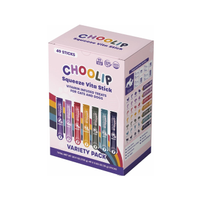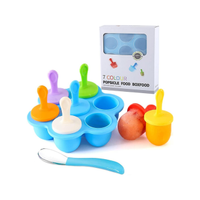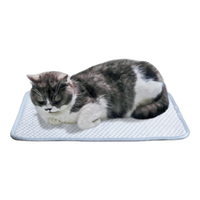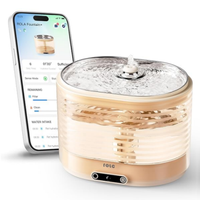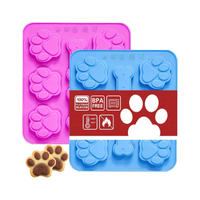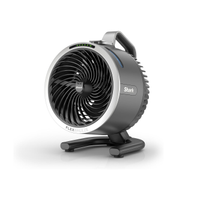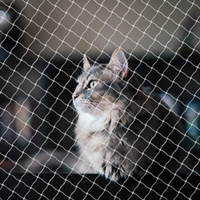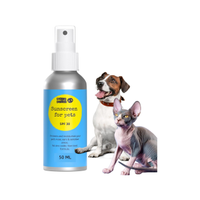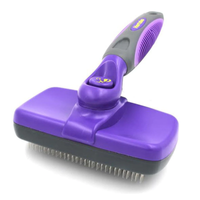How to cool down a cat in hot weather: 14 helpful tips
Keep your cat cool this summer with our vets' top tips
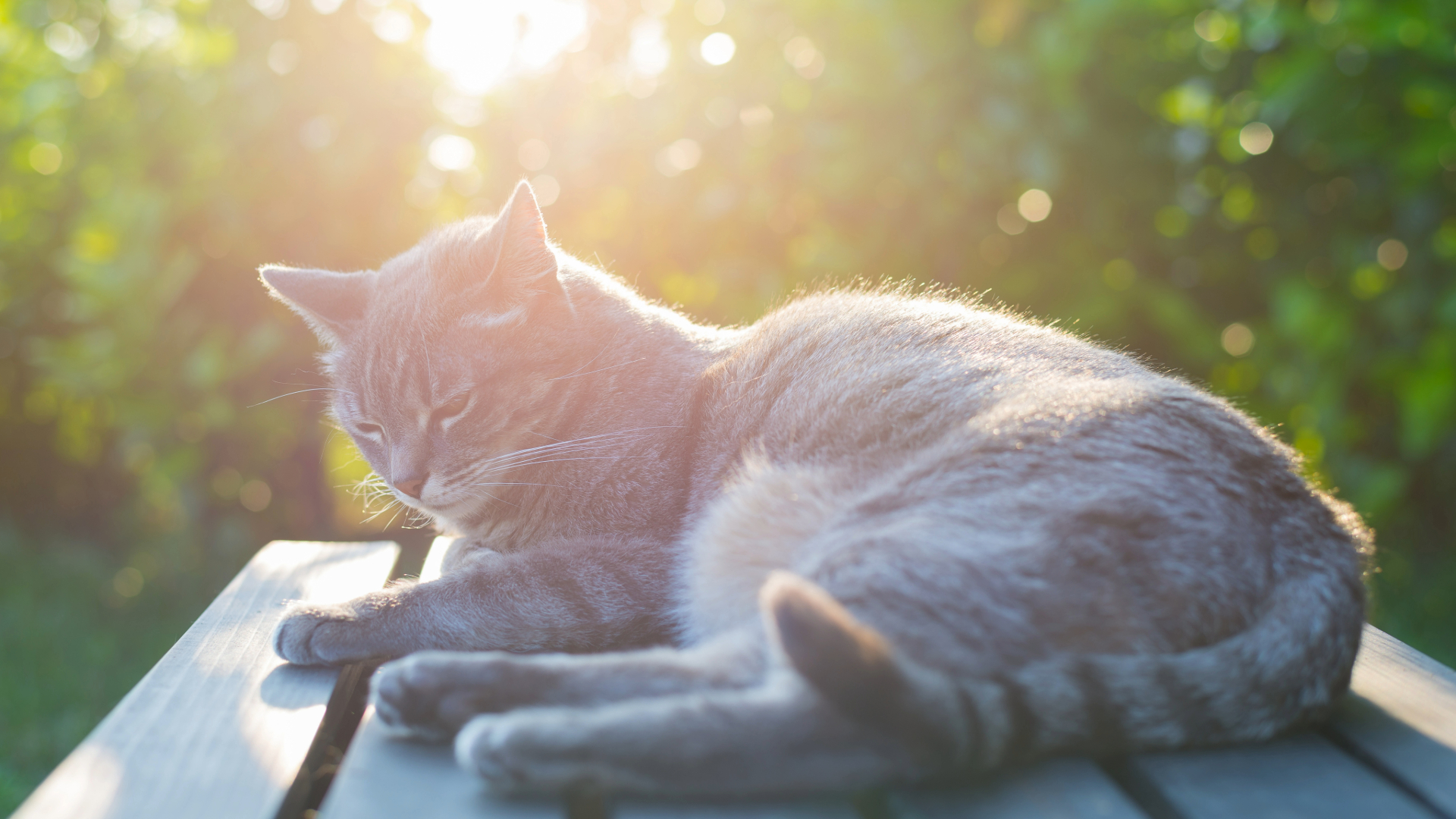
As the weather warms up, you might be wondering how to keep your cat cool during the summer. Our feline friends are known for their love of basking in the sun, but how hot is too hot? And should we step in if they get too warm? We asked our in-house vets for the answers.
One way to help your cat stay cool and hydrated is by investing in one of the best pet water fountains, as many cats prefer drinking from running water. If you think your cat has heatstroke, it's a medical emergency – you'll need to act fast and take these important steps.
Below, we've listed 14 ways to help your cat cool down – including our top product recommendations – plus expert advice from Dr MacMillan and Dr Woodnutt on how to spot the signs your feline is overheating.
How to cool down a cat
1. Freeze common cat treats
A fun way to assist your cat during hot temperatures is to freeze common cat treats. Simply pop them in the freezer to create 'cat ice lollies'. Just be careful they don’t get too eager and bite off large chunks, as this can upset the balance of their everyday digestive activity.
Choolip Squeeze Vita Stick Lickable Treats | Amazon
Voted as one of the best cat treats by our tester, these squeezable pouches are perfect for freezing and are packed with essential vitamins. They're free from additives, preservatives, flavors, and artificial sweeteners and can also be served as a topper or regular treat.
2. Provide an outdoor cat house
Does your cat like to lounge in the sun? If your feline loves nothing more than stretching out on the pavement, you could provide them with a far safer option, such as one of the best outdoor cat houses.
This provides them with an elevated place to rest so they stay off hot surfaces, but it also offers them a shady spot of refuge when the sun is high in the sky.
Cooling Cat House Outdoor Cat House | Amazon
Lined with aluminum foil to deflect heat and contain cool air, this outdoor cat house is a summer essential. It also features built-in ice packs, which can be refilled with water to maintain the temperature.
3. Make your own frozen cat treat
To make your own frozen cat treat, drain canned tuna juice into a measuring jug and add a little water. Next, pour the mixture into an ice cube tray or popsicle mold in any design you like, then pop it into the freezer.
Once frozen, place one in your cat’s dish or feed it to them – an added bonus is if the frozen treat contains chunks of tuna inside. Delicious!
Silicone Popsicle Molds | Amazon
These popsicle molds are made from food-safe, BPA-free silicone and are perfectly sized for frozen cat treats. They're freezer- and oven-safe, making them great for baked treats too.
4. Consider a cat cooling mat
You may have heard of cooling mats for dogs, but you can also pick them up for cats, too. If you happen to have multiple pets in the house, investing in a large cooling mat could be ideal.
If you have an indoor cat, place a cooling mat in your feline's favorite sleeping area. You can also use it in a cat carrier if you need to move them around in hot weather.
Cat Cooling Mat | Amazon
Unlike other cooling mats on the market, this one is scratch- and chew-resistant, making it a great choice for cats. Made from supramolecular PP fiber, it's naturally cool to the touch and doesn't require freezing. Plus, it's machine washable and features a non-skid base.
5. Supply a pet water fountain
Giving your pet plenty of fresh water is essential during warmer months. One way to do this is to provide a water fountain that ensures that running water is available all day. It's particularly handy if your cat eats lots of dry cat food, providing them with constant access to liquids.
Enabot EBO ROLA Cat Water Fountain Cordless | Amazon
This cordless water fountain keeps your cat's water clean and lets you monitor how much they're drinking via an app. Our tester, Adam, praised the 'extremely quiet' design, 'impressive battery life', and great value for money.
6. Put ice cubes in water
It's a simple trick that works for us humans too; simply pop in a few ice cubes into your cat's water dish for an instant cool down. Not only does it make your cat's water a lot cooler to consume, but it also encourages drinking and licking wet paws.
Paw Print Silicone Ice Cube Molds | Amazon
These are the cutest ice cube molds we've ever seen, shaped like little paw prints and bones. They're made from BPA-free, food-safe silicone.
7. Switch on air conditioning
Treat indoor cats (and yourself) to a blast of air conditioning if you have it at home, or switch on a few fans instead. Just be sure not to aim them directly at your cat; few felines will appreciate an accidental blow-dry.
Shark FlexBreeze HydroGo Fan | Amazon
This portable fan can be used in your house, in the garden, or on the go, reducing temperatures by 5° with 70 feet of cooling power. There’s also a misting spray setting, which can be turned off if your cat hates water.
8. Cat-proof open windows
If you live in a high-rise apartment or are generally worried about your cat escaping, opening a window becomes trickier. You could consider using netting frames that fit over windows or doors to keep your home well-ventilated without the worry.
Cat Netting for Balcony | Amazon
This cat netting can be cut to a custom size and easily attaches to your balcony or window to prevent any escapes. It features a transparent design and is tear-, bite-, and UV-resistant.
9. Use sun screen
Did you know that some cats need to use sunscreen? If your feline has lighter-colored fur, they are more likely to be at risk of getting sunburn. Apply animal-friendly sun screen to areas most exposed to the sun, such as the end of the nose and tips of the ears.
The sun screen should be titanium dioxide-based; avoid any that contain zinc oxide. If in doubt, always consult with your vet.
Noseprint SPF 30 for Dogs and Cats | Amazon
Free from zinc oxide, this pet-friendly sunscreen will keep your cat protected during the hot summer months. It contains titanium dioxide, coconut butter, beeswax, grape seed oil, and castor oil.
10. Daily grooming
In the summer months, it's more important than ever to keep on top of grooming. Giving your feline a daily brush will help get rid of any excess fur and troublesome knots.
Some cats may appreciate a summer trim to help them keep cool; look for a professional groomer to do this. It's not advisable to shave your cat down to the skin or trim a lot of hair yourself, as this can actually encourage the onset of sunburn.
Dr. MacMillan says, "Making sure that your cat is well groomed will also help to keep them cool. Regular brushing to remove loose hair and prevent mats is essential all year round, but especially important in the summer months as excess fur can trap heat."
Hertzko Self-Cleaning Dog & Cat Slicker Brush | Amazon
This self-cleaning slicker brush has retractable bristles, making it easy to take out your cat's fur after use. It helps remove dirt, debris, and shedded fur, and can be used on both long- and short-haired breeds.
11. Freeze a bottle of water
Does your kitty have a favorite spot in the home? Why not freeze a bottle of water, wrap it in a towel or pillowcase, then place it where they typically love to frequent? Just make sure that the lid is on tight so the bottle does not leak.
12. Add water to dry food and treats
If your cat prefers dry food, it can be difficult to give them all the hydration they need, as wet cat food tends to have higher moisture content. If that sounds like your feline friend, consider popping water into their food bowl to encourage them to drink.
13. Close all blinds and curtains
Though cats typically love to laze by the windowside side lapping up every inch of rays available, sometimes it's best to close all blinds in the home to ensure your kitty does not overheat. This has the added bonus of benefiting us humans, too.
14. Add water to a bath
Traditionally, most cats don't like water but you may find that your moggy is fascinated by the sight of a dripping faucet or paws at her water bowl. If your feline falls in to that category, you could look to run a shallow cold bath for them to drink and play in.
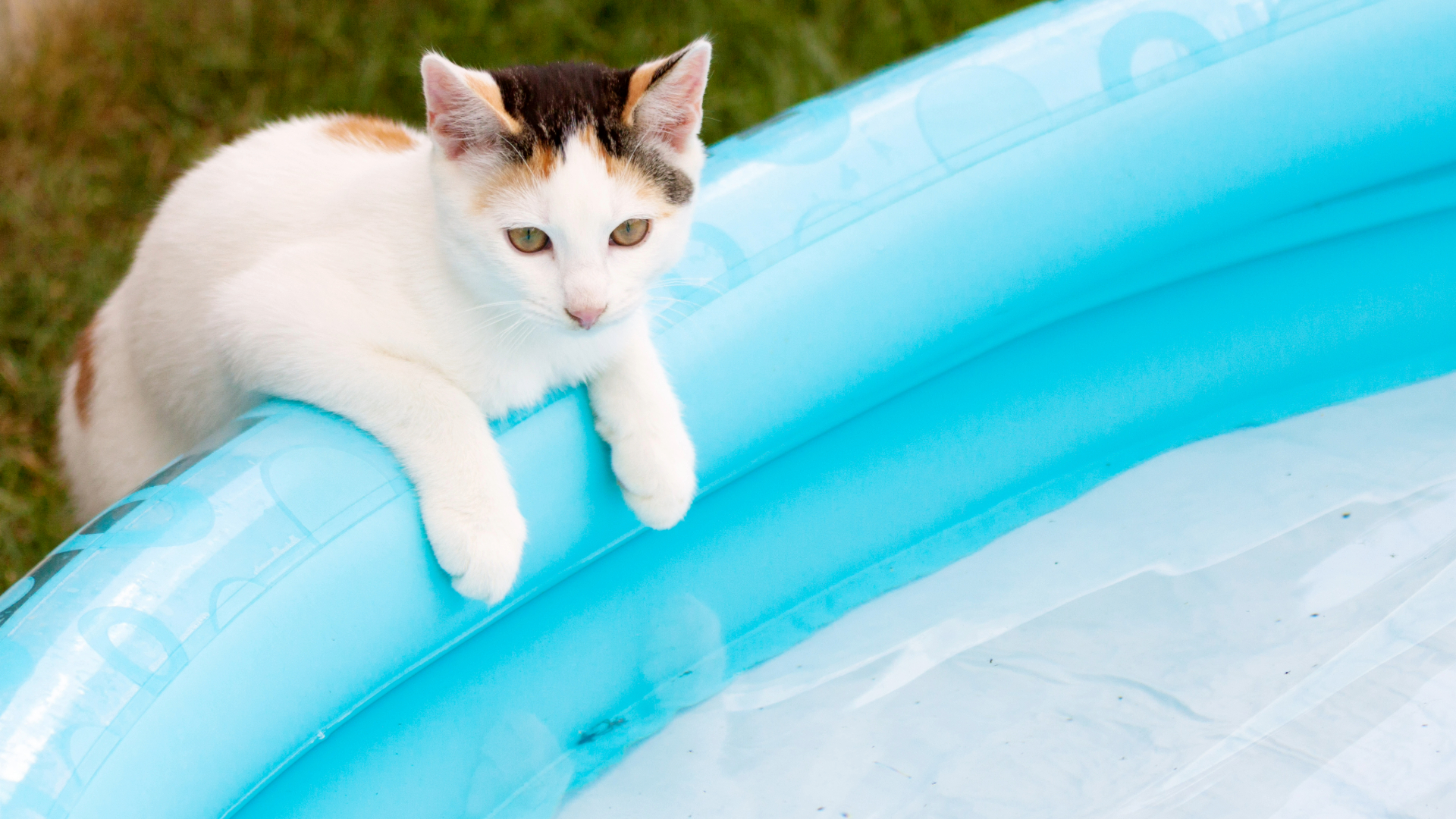
What temperature is too hot for cats?
While there isn't a set temperature that's too hot for cats, you should never expose them to unforeseen temperature rises.
Dr Woodnutt explains: "They are fairly adaptable and can survive in most environments if given time to adapt. The issue comes when the hot weather is sudden or unexpected, and the cat cannot acclimate in time.
"Similarly, if cats are shut in cars, sheds, or conservatories, this falsely raises the environmental temperature – not only is this a sudden increase, but these cats often don’t have access to their usual cooling mechanisms like water or cool surfaces."
How can I tell if my cat is too hot?
Cats are masters of disguise; here are the signs to watch, according to Dr Woodnutt:
⚠️Early signs of overheating
- Lethargy
- Drinking more
- Hiding away
- Seeking shade/cool areas
🚨Signs of heat exhaustion
- Glazed
- Wobbly
- Vomiting
- Seizures
She says, "This is now an emergency. Unlike dogs, cats don’t normally pant. If you spot your cat panting, you should take them to a vet urgently."
How to help a cat with heatstroke
If your cat is suffering from heatstroke, act quickly and follow these steps advised by Dr Rebecca MacMillan:
1. Get them wet: "Use a soaking wet cloth or sponge to apply plenty of water all over their body. You can even gently pour the water all over them using a cup or a jug. You want to soak their fur thoroughly.
Warning: Never cover your cat in damp towels or cloths, as this will only trap heat and prevent the cooling effects of evaporation."
2. Keep them cool: "Make sure your cat is in a cool room, ideally in front of an electric fan."
3. Call your vet: "You could save your cat’s life by taking these steps to start bringing their temperature down before transporting them to a veterinary hospital."
Found this helpful? Learn all about dehydration in cats and what cats should drink

Dr. Joanna Woodnutt qualified as a veterinarian from the University of Nottingham where she then went on to practice companion animal medicine in the Midlands. She really took to the consulting side of things and helping clients with medical problems such as dermatology, behavior and nutrition - anything that involved helping clients understand their pets better.

Rebecca is a vet surgeon who graduated in 2009 from the Royal Veterinary College in London. She has a wealth of experience in first opinion small animal practice, having done a mixture of day-to-day routine work, on-call emergency duties and managerial roles over the years. She enjoys medicine in particular and she is proud to have recently achieved a BSAVA postgraduate certificate in small animal medicine (with commendation). She writes on various feline and canine topics, including behavior, nutrition, and health.
Edited by Georgia Guerin and Alexis De Leaver.
This page was last updated in May 2025 by Megan Milstead.
Get the best advice, tips and top tech for your beloved Pets

Megan is a Staff Writer at PetsRadar, covering features, reviews, deals, and buying guides. She has a wealth of experience caring for animals, having grown up with dogs, cats, horses, guinea pigs, and more throughout her life. She studied BA Journalism at the University of Westminster, where she specialized in lifestyle journalism and was editor of Smoke Radio’s lifestyle website. Megan works alongside qualified vets and accredited trainers to ensure you get the best advice possible. She is passionate about finding accurate and helpful answers to your pet-related questions.
